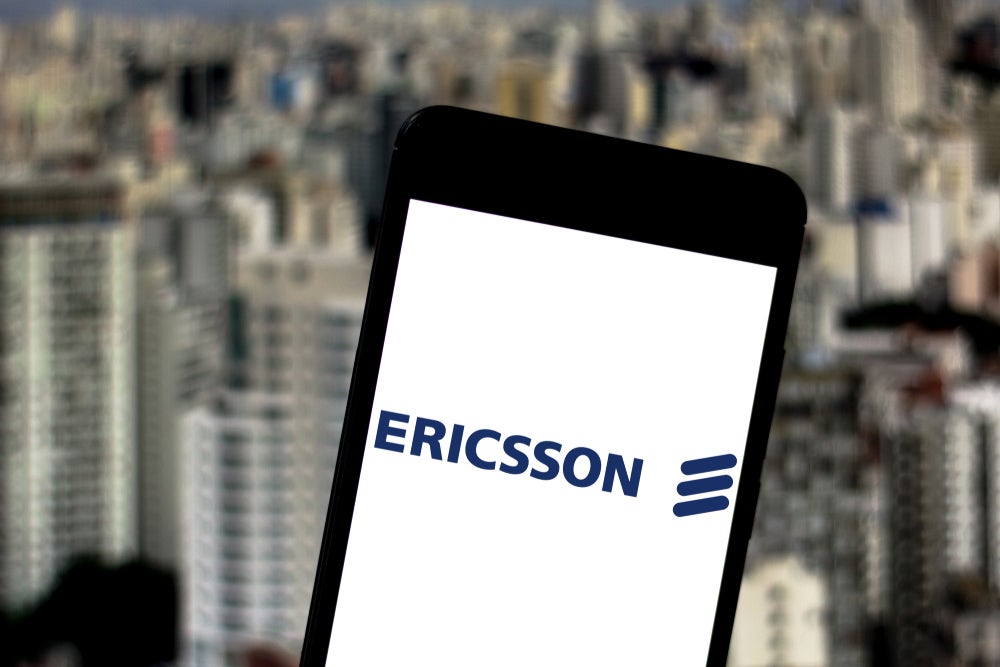Weeks after abandoning its
controversial bid for an industrial loan charter (ILC), US retail
giant Wal-Mart has unveiled a major expansion into financial
services, including opening 1,000 financial centres by the end of
2008 in its stores so customers can pay bills, cash pay cheques and
obtain other services.
The new MoneyCenters will be opened in
about one-quarter of Wal-Mart’s 4,000-plus US stores, initially in
areas where customers were already doing some banking at the
stores’ customer service desks.
The world’s largest retailer says it plans to double the number of
its existing Money-Centers to 450 from 225 by the end of the year,
and will reach 1,000 stores by the end of 2008.
The move has been complemented by the
launch of Wal-Mart’s prepaid, reloadable Visa debit card aimed at
the more than 70 million people without a traditional banking
relationship prepaid card – the Wal-Mart MoneyCard, run in
conjunction with GE Money (see RBI 574).
The cards, which cost $8.95, will be
available at about 2,600 stores by the end of July.
“Many of our customers are paying too much, travelling too far and
not being well served,” said Jane Thompson, president of Wal-Mart
financial services, in a statement. “But they still need to pay
their bills, cash their cheques and transfer money. We’re offering
them a safe place and a card to help them manage their money. We’ve
seen first-hand what a difference that can make. It changes
lives.”
Wal-Mart’s MoneyCenters are not chartered banks, and they do not
offer all the services banks do, such as loans. But Wal-Mart, which
withdrew its request for a bank charter in March (see RBI
569), said it plans to offer even more financial services
after this initial roll-out.
The company is also building its own ATM network, which it has
tested in a number of locations.
Firestorm of opposition
Wal-Mart
generated a firestorm of opposition in 2006 after vowing to venture
more deeply into financial services through its application to
operate a specialty bank through an ILC in Utah.
The furore convinced Wal-Mart, which already operates one of the
largest cheque cashing businesses in the country, to withdraw its
ILC application – but not its ambitions in banking. Around the time
the company was withdrawing its ILC bid, it was obtaining approval
in Mexico to develop its own retail bank network and is in the
process of doing so.
How well do you really know your competitors?
Access the most comprehensive Company Profiles on the market, powered by GlobalData. Save hours of research. Gain competitive edge.

Thank you!
Your download email will arrive shortly
Not ready to buy yet? Download a free sample
We are confident about the unique quality of our Company Profiles. However, we want you to make the most beneficial decision for your business, so we offer a free sample that you can download by submitting the below form
By GlobalDataThe retailer is hoping the new banking services will boost general
retail sales in the US. Wal-Mart’s retailing growth has slowed as
it has saturated rural and suburban markets, serving 138 million
people each week. Its typical customers, who have an estimated
household income of $40,000 to $45,000, continue to be pinched by
rising prices for such vital items such as petrol.
Undercutting the competition
Wal-Mart’s strategy is to undercut the competition on price thanks
to its massive economies of scale. The company estimates that its
banking fees are 25 percent to 50 percent lower than those of its
competitors and could save customers $450 a year in bank
charges.
The push into financial services brings the company back in touch
with its core customers: it says that roughly 20 percent of
Wal-Mart’s shoppers do not have checking accounts. The company has
offered basic money services in some of its stores since 1999, and
its first MoneyCenter opened in September 2004.
Now, in addition to its MoneyCenters, dozens of US credit unions
are opening in-store branches in Wal-Mart stores or planning to do
so over the next few years. In all, more than 300 credit unions and
banks operate in 1,300 Wal-Mart-based branches, about one-quarter
of the total number of Wal-Mart stores.
Critics continue to charge that Wal-Mart is sneaking into banking,
a venture it appeared to abandon after being legally rebuffed by
the Federal Deposit Insurance Corporation over its ILC
application.
Wal-Mart’s Mexican financial services offerings are encountering no
such opposition. The retailer’s Banco Wal-Mart de Mexico will start
by offering its financial services to its employees.
It aims to put together a network of 20 branches before 2008 and
then to begin establishing branches at all of its 598 Mexico
stores.
Charles Davis







